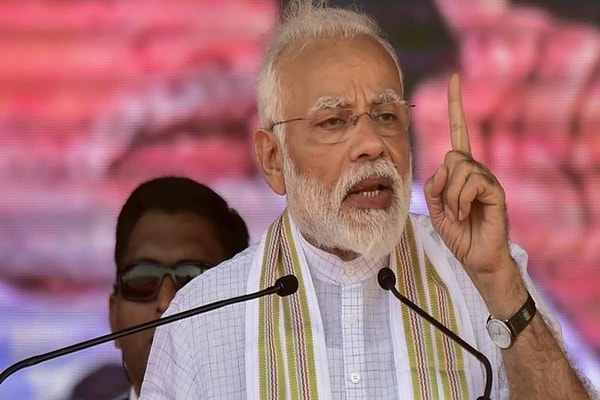check coronavirus facts: Poynter Institute’s International Fact-Checking Network (IFCN) has released a chatbot on WhatsApp where people can message and check on fake news claims. Replies from IFCN’s database of debunked fake news will be available to people at +1 (727) 2912606.
Four months into the global pandemic, and with no solution in sight, people are just as fed up with Covid-19 as with misinformation regarding the disease. In this clutter of Facebook and Twitter shares and WhatsApp forwards, it is difficult to separate facts from fiction. Well, no more!
Now, all one needs to do to verify information about coronavirus is send “hi” to +1 (727) 2912606.
A release from WhatsApp said through the bot, people can check whether a piece of content about Covid-19 has already been rated as false by professional fact-checkers.
One needs to follow the instructions after texting the number, and put in a query, following which IFCN will dip into its huge database and pull out the relevant information.
Baybars Örsek, director at IFCN, Poynter Institute, said the chatbot which is available in English alone, and will be released in Hindi soon. “The service is launching in English but will be available in other languages, including Hindi, Portuguese and Spanish, in due course. We are working to include other languages in due course,” Örsek said.
Since the database is updated every day, users can get the most recent and relevant content related to their query. The chatbot will also help users locate their nearest fact-checker in case they want to get some information verified.
With the spread of the Covid-19 pandemic, there is a spike in the volume of fake news, and WhatsApp has been grappling with it, especially in India where it has over 450 million users. As the pandemic spread, the private messaging platform brought in product changes, including reducing the number forwards of a ‘highly forwarded message’ to just one chat. The company says this has brought down virality of messages which has already reduced the number of highly forwarded messages by 70%.
Örsek said some of these fake news items were about symptoms of the disease. “The first couple of weeks after the first case was detected outside of China, we have seen so many pieces of misinformation on the spread of the virus and false symptoms. It had been the case especially in Europe, where the virus spread from Italy to Spain and then eventually to the different parts of the world where we saw a big volume of misinformation on the spread of the virus,” he said.











